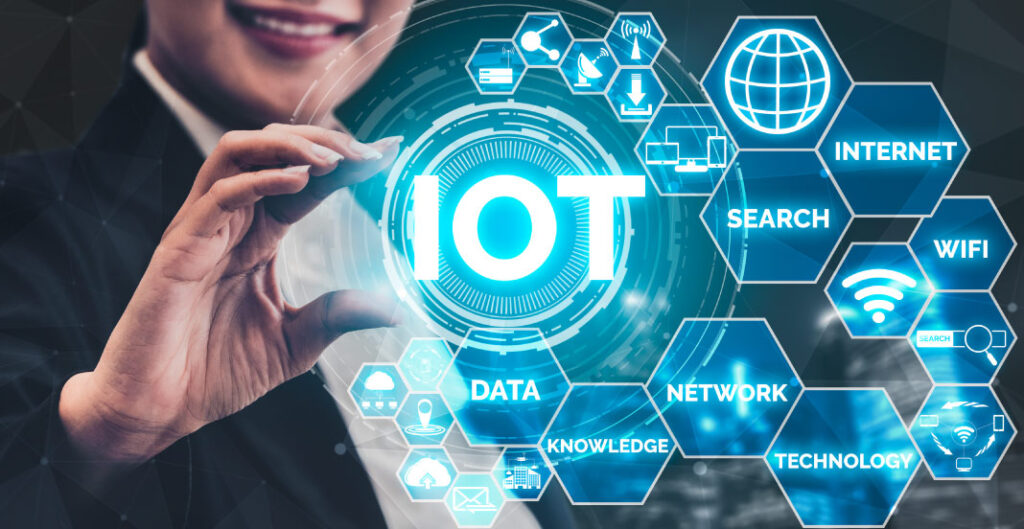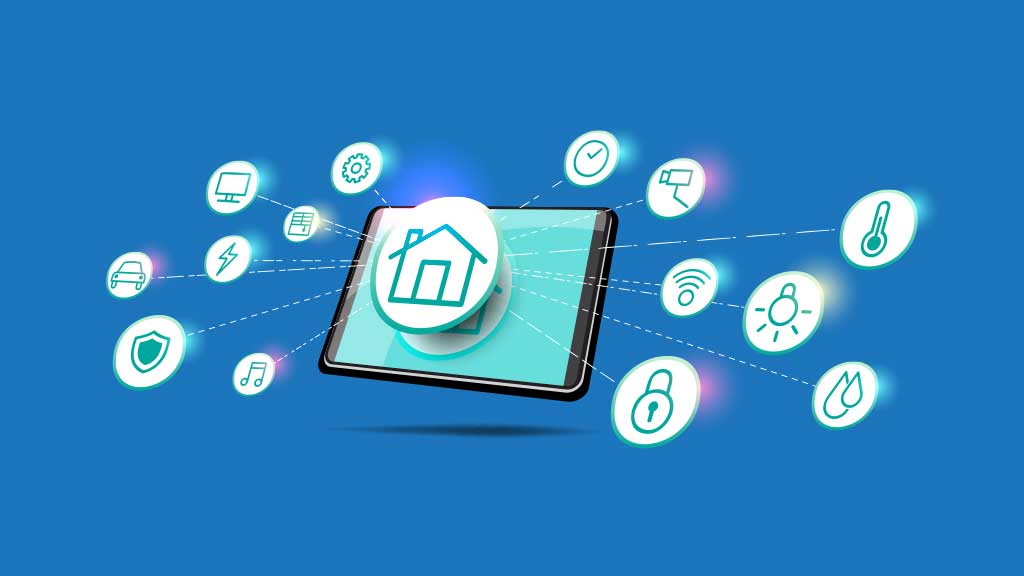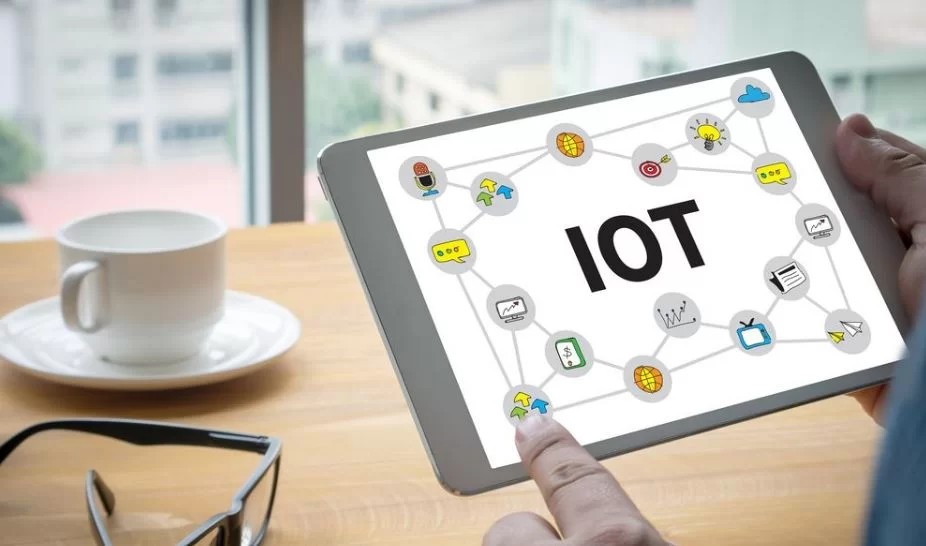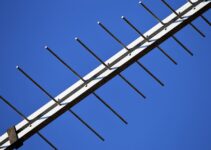Making applications for the Internet of Things (IoT) means connecting devices and data. In recent years, as connected devices have become commonplace and data-driven decision-making has grown in importance, this process has attracted a lot of attention.
In this article, we will discuss what IoT development is, its relevance, examples of IoT applications, the development process, and IoT development cost.
What is IoT Development?
IoT development is the process of creating software programs that make it easier for physical items, sensors, and devices to connect to the Internet. Creating apps for the Internet of Things typically entails gathering data from connected devices, analyzing it, and then providing insights or automating operations depending on the data obtained.
The Relevance of IoT Application Development
The capacity of IoT application development to help organizations obtain insights into their operations and improve their processes is crucial in today’s society. Businesses can analyze data gathered from connected devices to identify trends, reorganize workflows, and reduce waste. IoT development can also give organizations an advantage over others by enabling them to offer cutting-edge services or goods.
Examples of IoT Applications

Source: invensislearning.com
Many fields, including healthcare, agriculture, manufacturing, transportation, and smart homes, are seeing an increase in the use of IoT applications. Here are a few instances of IoT applications:
Smart homes: Home automation is made possible by smart home IoT devices like smart thermostats, lighting controls, and security cameras that can be controlled by smartphone apps or voice commands.
Healthcare: Health monitors and fitness trackers are two examples of wearable IoT devices that can collect and send real-time patient health data to healthcare providers. IoT can be used for telemedicine, pharmaceutical management, and remote patient monitoring.
Agriculture: IoT sensors can monitor soil moisture, temperature, and other environmental parameters to maximize crop yields and prevent water waste. IoT devices can also monitor livestock by tracking the behavior and health of animals.
Manufacturing: IoT devices in manufacturing may keep an eye on production lines, spot problems, and keep track of inventory levels to maximize output and prevent waste.
Transportation: IoT devices can be used in fleet management to monitor vehicle speed, location, and fuel usage. IoT can also improve traffic management systems to reduce congestion and improve safety.
Smart cities: IoT can be used in applications for smart cities like smart parking, waste management, and energy management. IoT sensors are used by smart parking systems to locate vacant spaces and direct drivers there. IoT can be used to improve waste collection routes and lower building energy usage.
In conclusion, there are numerous diverse IoT applications that benefit many different industries. We should expect many more creative applications that can improve productivity, efficiency, and quality of life as IoT technology develops.
The Development Process

Source: creative-tim.com
Planning, design, development, testing, and deployment are just a few of the phases that go into creating an IoT app. An extensive breakdown of each stage is provided below:
Planning
Developers establish the application requirements and specify the scope of the project during the planning phase. This entails deciding on the sensors and gadgets that will be linked, the kind of information that will be acquired, and the analytics and visualization software that will be used. Additionally, developers evaluate any security and privacy concerns and choose how data will be transferred and stored.
Design
The architecture, functionality, and user interface of the program are planned during the design phase by the developers. They plan the backend infrastructure of the application and decide how data will be transmitted between the cloud, linked devices, and sensors. In order to see how the application will look and function, they also create wireframes and mockups of the user interface.
Development
The frontend and backend codes for the program are written by developers during the development step. They implement security measures, guarantee the secure transmission of data, integrate the application with the cloud and connected devices, and apply security measures. As programmers polish the code and check it for flaws and errors, this step may call for several iterations.
Testing
Developers check the application’s functionality and defect-free status throughout the testing phase. They verify the application’s compatibility with various platforms and devices and evaluate the application’s functionality, performance, and security. To find any problems that need to be fixed, both automated and manual testing as well as other testing methods may be employed.
Deployment
The application is released for general usage and made accessible to users in the final phase. The application is uploaded to the cloud and to any connected devices, and its integration with other programs and systems is checked. Developers keep an eye on the application’s functionality and security and quickly resolve any problems that appear.
What Makes Up the Cost of Developing IoT Applications?

Source: riseuplabs.com
The requirement to integrate various devices, sensors, and networks makes the process of creating IoT applications complex and expensive. Some of the elements that affect how much it costs to develop IoT apps include the following:
Hardware costs: The price of physical hardware, including sensors, gateways, and other devices, can have a big impact on how much it costs to create IoT applications. The specifications of the application and the number of devices that must be linked determine the kind and quantity of hardware needed.
Software development costs: Developing the software that integrates with the hardware, collects and processes data, and presents it to users is another significant cost factor. The cost of software development depends on the complexity of the application and the skills and experience of the development team.
Cloud infrastructure costs: Most IoT applications require cloud infrastructure to store and process data. The cost of cloud infrastructure depends on the amount of data stored and processed, the number of users, and the required level of security and availability.
Data analytics and visualization costs: IoT applications generate large amounts of data that need to be analyzed and visualized. The cost of data analytics and visualization tools depends on the complexity of the data and the required level of analysis and visualization.
Security costs: IoT applications are vulnerable to cyber threats, and ensuring their security is crucial. The cost of security measures such as encryption, authentication, and access control depends on the level of security required and the potential risks involved.
Maintenance and support costs: IoT applications require ongoing maintenance and support to ensure that they continue to function correctly and securely. The cost of maintenance and support depends on the complexity of the application and the level of support required.
How to Save Money on Developing Your IoT Application
There are several ways to save money on IoT development. One way is to use open-source software, which can reduce the cost of software licenses. Another way is to use off-the-shelf hardware, which can be less expensive than custom hardware. Developers can also reduce costs by reusing code or leveraging existing software libraries.

Source: thetotalentrepreneurs.com
Conclusion
IoT development is a complex and multifaceted process that involves integrating hardware, software, cloud infrastructure, data analytics, security, and maintenance and support. Developing IoT applications requires significant investments in terms of time, resources, and finances. However, the potential benefits that IoT applications offer to various industries, including healthcare, agriculture, manufacturing, transportation, and smart homes, make it a worthwhile investment. To reduce the IoT development cost, it is essential to plan the project carefully, define the requirements clearly, and use efficient development processes and tools. With the increasing popularity of IoT technology and the continued development of new and innovative applications, it is evident that IoT is transforming the way we live, work and interact with technology, and its impact will continue to grow in the future.



